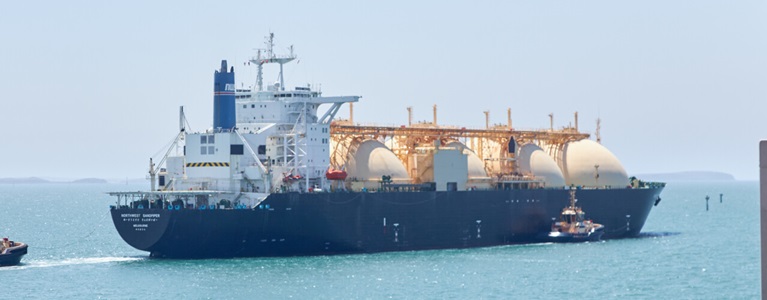2024 reduction
14%

Woodside's climate strategy is integrated throughout our company strategy.

Design Out These are engineering changes which avoid emissions in the design of new facilities prior to construction. Estimated potential for ~15 Mt CO2-e cumulative to 2050 at Trion, Pluto Train 2 and Scarborough.
Asset Level Plans Opportunities costing less than US$80/t and select large scale abatement opportunities are being progressed at existing operating assets. Estimated potential for ~13 Mt CO2-e cumulative to 2050 at current portfolio of operating assets.
Carbon credit portfolio Originating and acquiring a carbon credit portfolio which includes an assessment of integrity.
Transition case Incorporation of climate-related considerations in the business case for new investments.
Support customers and suppliers To reduce their emissions.
Woodside’s aspiration to thrive through the energy transition with a low-cost and lower-carbon, profitable, resilient and diversified portfolio.11
Net equity Scope 1 and 2 GHG emissions reduction target13
14%
For more information on emissions performance against industry benchmarks
see the Climate Update.
Net equity Scope 1 and 2 GHG emissions13